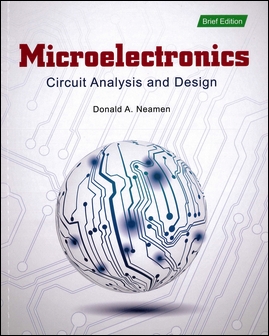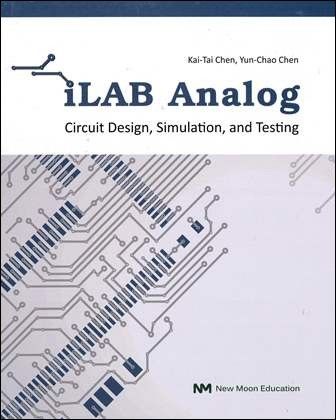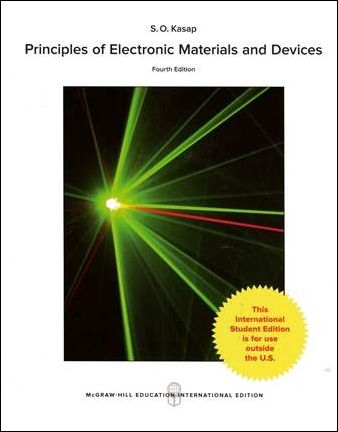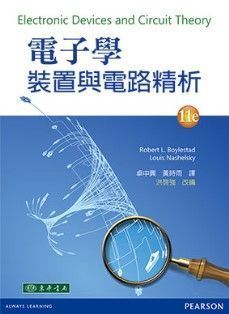書籍分類
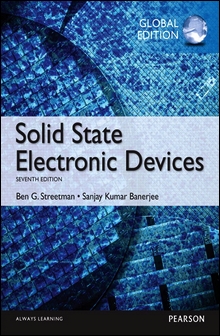
Solid State Electronic Devices 7/e
作者:Ben Streetman, Sanjay Banerjee
原價:NT$ 1,410
ISBN:9781292060552
版次:7
年份:2016
出版商:Pearson Education
頁數/規格:632頁/平裝雙色
參考網頁:Solid State Electronic Devices 7/e
版次:7
年份:2016
出版商:Pearson Education
頁數/規格:632頁/平裝雙色
參考網頁:Solid State Electronic Devices 7/e
內容介紹 本書特色 目錄 作者介紹
- Description
- Provide a Sound Understanding of Current Semiconductor Devices: With this background, students will be able to see how their applications to electronic and optoelectronic circuits and systems are meaningful.
- Incorporate the Basics of Semiconductor Materials and Conduction Processes in Solids: Most of the commonly used semiconductor terms and concepts are introduced and related to a broad range of devices.
- Develop Basic Semiconductor Physics Concepts: With this background, students will be better able to understand current and future devices.
For undergraduate electrical engineering students or for practicing engineers and scientists interested in updating their understanding of modern electronics
One of the most widely used introductory books on semiconductor materials, physics, devices and technology, Solid State Electronic Devices aims to: 1) develop basic semiconductor physics concepts, so students can better understand current and future devices; and 2) provide a sound understanding of current semiconductor devices and technology, so that their applications to electronic and optoelectronic circuits and systems can be appreciated. Students are brought to a level of understanding that will enable them to read much of the current literature on new devices and applications.
Teaching and Learning Experience
This program will provide a better teaching and learning experience–for you and your students. It will help:



